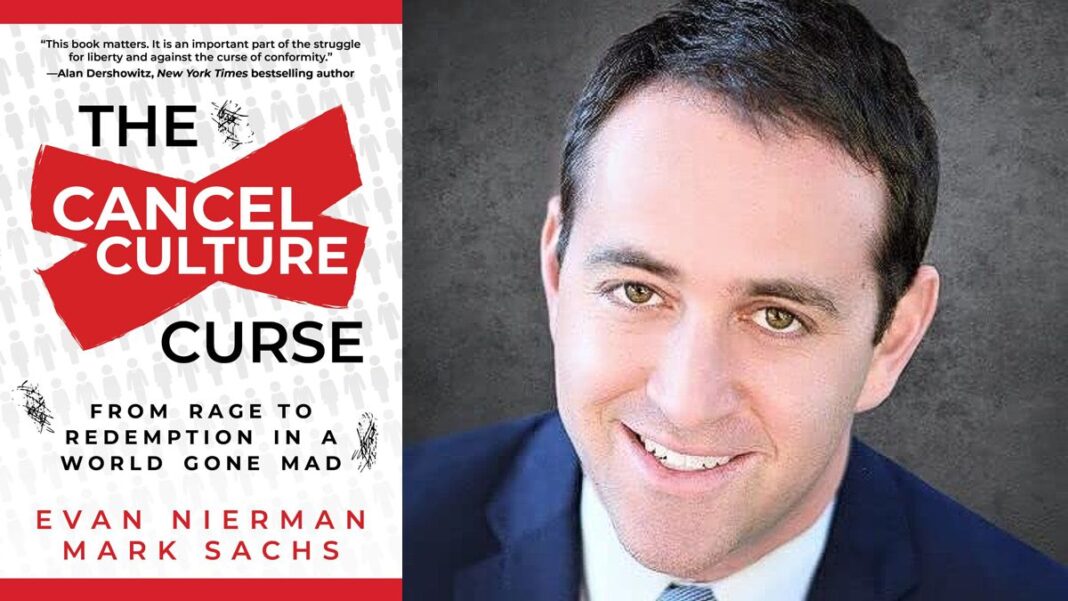The Biden administration has proposed a federal mandate to reduce the supply of water to 40 million Americans who live in western states dependent on the Colorado River Basin to address long-term severe drought and low run-off conditions.
A draft report by the Department of the Interior’s (DOI’s) Bureau of Reclamation proposes to revise the current guidelines for the near-term operation of the Glen Canyon and Hoover dams.
According to the DOI, the move forms part of the Biden administration’s efforts to invest in climate change resilience for the Colorado River Basin and all the communities that rely on it.
The draft report explores different alternatives to ensure continued water deliveries and hydropower production for the 40 million Americans who depend on the river system.
Two manmade reservoirs along the Utah–Arizona border, Lake Powell and Lake Mead, have dropped to dangerously low levels, threatening to reach a “dead pool” state in which water can no longer flow out of them. This would threaten the water supplies and hydropower-generated electricity of tens of millions of Americans.
DOI Deputy Secretary Tommy Beaudreau said failure to act isn’t an option.
“Recognizing the severity of the worsening drought, the Biden-Harris administration is bringing every tool and every resource to bear through the President’s Investing in America agenda to protect the stability and sustainability of the Colorado River System now and into the future,” Beaudreau said in a statement.
Bureau of Reclamation Commissioner Camille Calimlim Touton said drought conditions in the Colorado River Basin have worsened over two decades.
“To meet this moment, we must continue to work together, through a commitment to protecting the river, leading with science and a shared understanding that unprecedented conditions require new solutions,” Touton said in the same statement.
Proposed Action Alternatives
The draft report proposes two ways to change how the dams are operated. Both involve using less water from the Glen Canyon Dam and dealing with additional water shortages. The main difference between the two proposals is how the shortages would be distributed.
The first option, referred to as “Action Alternative 1,” models the shortages based on who has the highest priority water rights. The second option, referred to as “Action Alternative 2,” models the shortages being shared equally among all water users in the Lower Basin.








